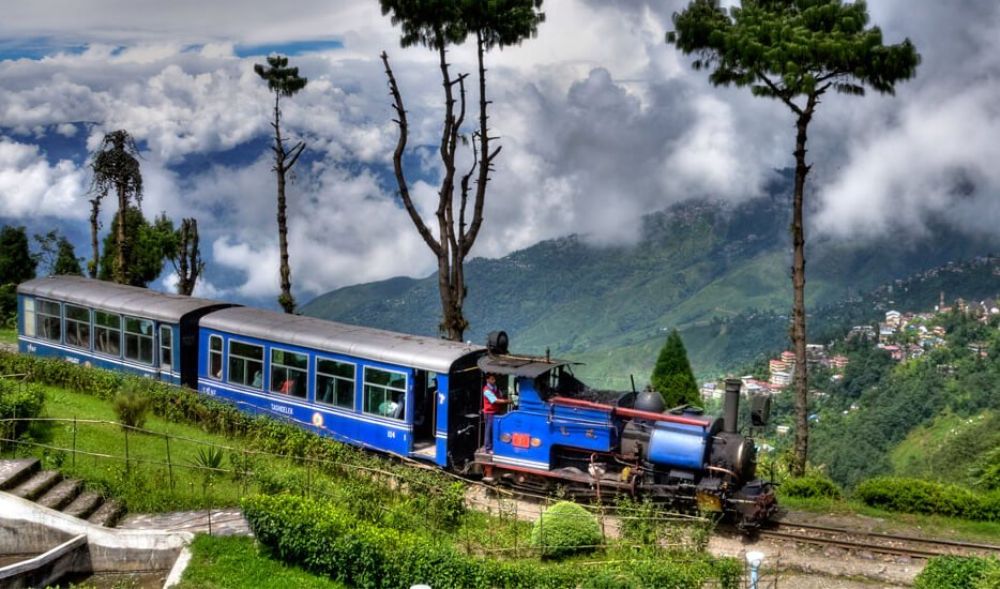

The food history of Darjeeling is as diverse as its culture. Influenced by Tibetan, Nepali, and Bengali cuisines, the traditional fare of this hill station is a mosaic of flavors and techniques. Situated in the foothills of the Himalayas, Darjeeling has been a melting pot of cultures, which is reflected in its culinary offerings. The proliferation of tea gardens during the British colonial era introduced a British influence on the food habits, blending local flavors with English-style cuisines. With the influx of Tibetan refugees in the mid-20th century, Tibetan food such as momos and thukpa became popular. The presence of Gorkha and other Nepali-speaking communities brought dishes like sel roti and gundruk, incorporating ingredients like maize, millet, and leafy greens that grow well in the region's cool climate.
Each of these restaurants is well-loved by both locals and tourists and offers a cozy atmosphere along with their delicious culinary selections. From traditional dishes to international cuisine, Darjeeling presents a tapestry of tastes that cater to a wide range of preferences.